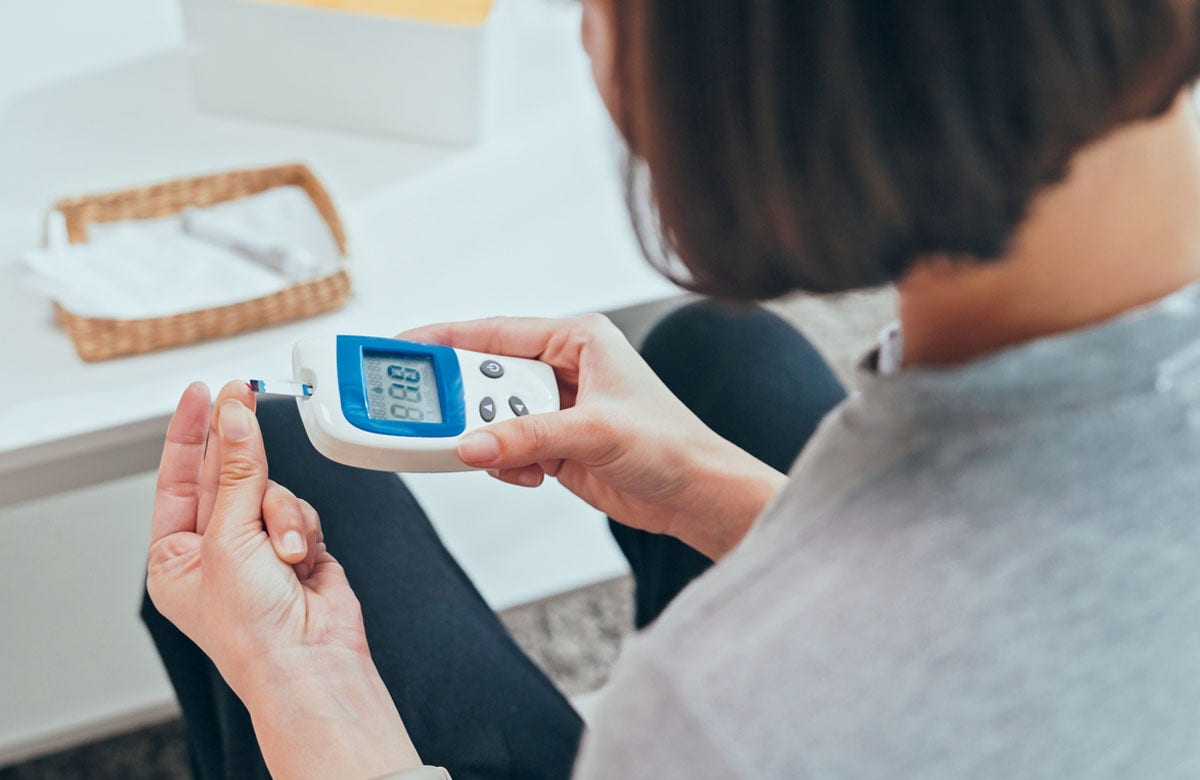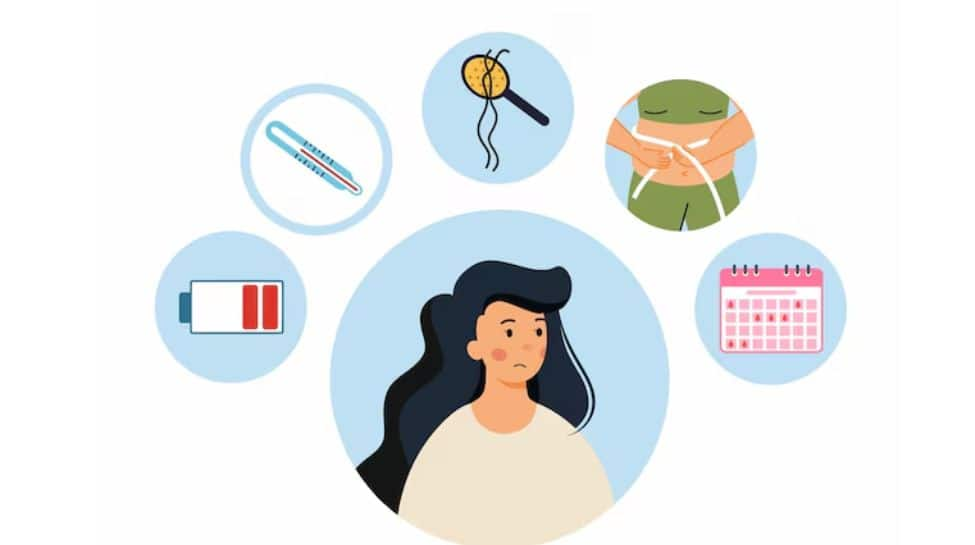Diwali, also known as the Festival of Lights, brings a joyous season of celebration, family gatherings, and, of course, delicious treats. For those managing diabetes, however, Diwali’s spread of sweets and snacks can pose a challenge. Fortunately, with some mindful strategies and a bit of planning, you can enjoy the festive season without compromising your health. Here’s how to control diabetes and navigate the temptations of Diwali sweets.
1. Set Clear Limits on Sweets
Moderation is Key: Diwali may tempt you with an array of sweets, but it’s essential to enjoy them in moderation. Choose one or two of your favorite treats instead of sampling everything, and aim for smaller portions.
Choose Healthier Sweet Options: Traditional sweets like barfi, gulab jamun, and laddu are often high in refined sugar. Opt for sugar-free or low-sugar versions, which many stores now offer.
2. Try Homemade Diabetic-Friendly Sweets
Use Natural Sweeteners: When preparing sweets at home, you can replace refined sugar with natural sweeteners like stevia, erythritol, or monk fruit. These options keep the blood sugar spike in check and allow you to enjoy your favorite treats guilt-free.
Incorporate Whole Ingredients: Use ingredients like oats, nuts, seeds, and coconut flour to create wholesome sweets. These foods are low on the glycemic index and help provide a sense of fullness while stabilizing blood sugar levels.
3. Eat Balanced Meals Before Attending Festive Gatherings
Prioritize Proteins and Fiber: Having a protein- and fiber-rich meal before heading to a Diwali celebration can help control your appetite. Foods like lentils, chickpeas, vegetables, and lean proteins keep you feeling full and help stabilize blood sugar.
Avoid High-Carb and Sugary Snacks: While Diwali snacks like samosas, kaju katli, and jalebi are tempting, try to limit your intake of these foods, which can spike blood sugar. Instead, go for protein-rich snacks like roasted chickpeas or homemade chaat.
4. Stay Active During the Festivities
Take Short Walks: Aim to stay physically active by taking a short walk after meals, which can help manage blood sugar spikes. Encourage family members to join for a festive evening walk, making it both a bonding and a healthy activity.
Incorporate Diwali Chores: If you’re involved in cleaning or decorating, consider it part of your fitness routine. Activities like hanging lights, setting up decorations, or cleaning contribute to burning calories and controlling blood sugar.
5. Monitor Your Blood Sugar Regularly
Track Your Levels: During Diwali, keep an eye on your blood sugar levels, especially if you’re indulging in sweets. This will allow you to adjust your eating habits or medication if necessary.
Carry Emergency Snacks: Keep some nuts, seeds, or a small protein bar on hand, especially if you’re going to a gathering. These snacks can help prevent blood sugar dips or spikes, ensuring you maintain stable energy throughout the day.
6. Limit Alcohol Consumption
Choose Low-Sugar Options: If you plan to drink alcohol, stick to lower-sugar options like dry wine or spirits mixed with soda water, avoiding sugary cocktails and mixers.
Set a Limit: Moderation is important, as alcohol can interfere with blood sugar control. Set a limit of one or two drinks and have water in between to stay hydrated.
7. Practice Mindful Eating
Enjoy Each Bite: Diwali is as much about the experience as it is about the food. Savor each bite slowly and mindfully, which can help you feel more satisfied with smaller portions.
Be Conscious of Emotional Eating: Diwali can be a highly social time, leading to snacking out of habit or emotion rather than hunger. Before reaching for another treat, check in with yourself to see if you’re genuinely hungry.
(This article is meant for informational purposes only and must not be considered a substitute for advice provided by qualified medical professionals.)














































